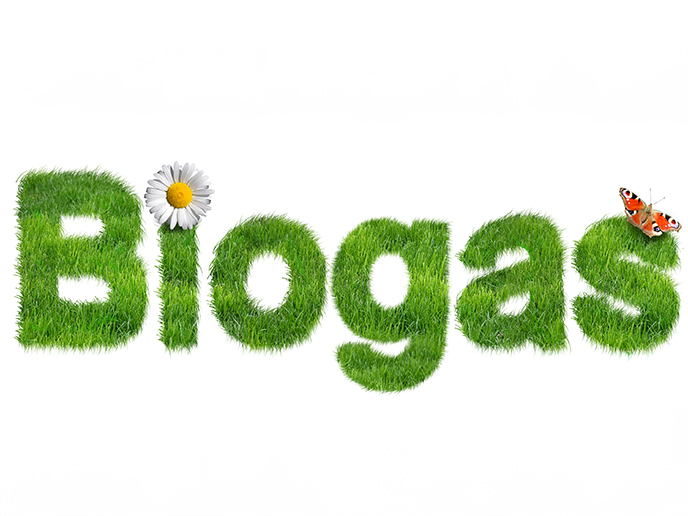Greener and cleaner diesel vehicles
In 2004, the European Commission amended the Non-Road Mobile Machinery (NRMM) Directive, putting railway engines within its scope. Stage III B standards as far as railcars and locomotives are concerned represent a major step in terms of engine and after-treatment technology. However, specific issues regarding the emission reduction technologies such as additional weight and space, reliability and waste heat are posing major concerns. Tackling the technical challenges that need to be solved to comply with this new regulation has been the objective of the EU-funded project 'Clean European rail - diesel' (CLEANER-D). The project sought to achieve emission levels well below the Directive and be prepared for further upcoming regulations by evaluating the best possible innovative and hybrid solutions. CLEANER-D demonstrated the feasibility and reliability in service of railway rolling stock powered with diesel engines compliant with Stage III B. To achieve this, it equipped an existing railcar and a locomotive with low-emission diesel engines. Another task involved installing a new-generation Stage III B-compliant prototype engine in a newly designed locomotive. Project members also evaluated the potential for further emission reduction to help the EU decide on future stages beyond the Stage III B. State-of-the-art and innovative after-treatment technologies were examined, including selective catalytic reaction and exhaust gas recirculation, through developing a 560 kW engine model. Another activity was to investigate potential use of alternative fuels such as biodiesel for further reducing emissions. Hybridisation of diesel vehicles, a medium- and long-term technology for reducing carbon dioxide and other pollutants was also included. CLEANER-D evaluated the potential for energy savings by implementing different energy storage technologies. Studies on the most promising hybridisation solutions led to the most appropriate propulsion system architecture with appropriate energy management. By running trials under operational conditions, CLEANER-D demonstrated that the engine industry can deliver reliable and affordable diesel engines suitable for railway applications. Due to the legal obligations, a high market uptake of project developments is ensured. Therefore, rail–diesel traction looks set to remain an efficient and environmentally friendly option for Europe's railway sector.
Keywords
Diesel, emission reduction, locomotives, rail vehicles, locomotives







